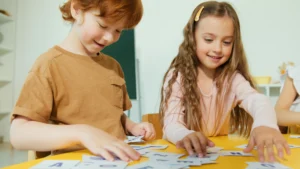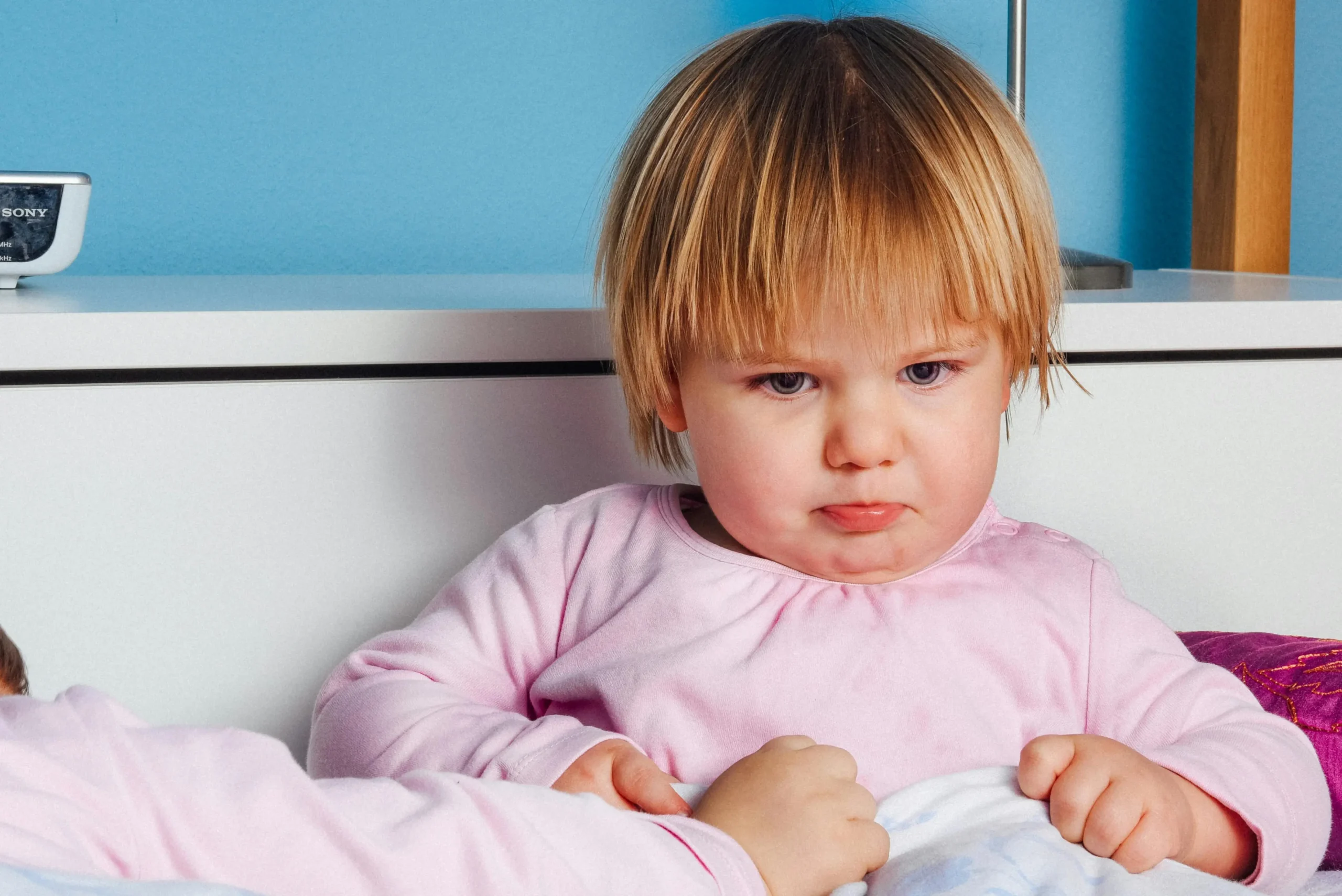Raising a 5-year-old is a whirlwind of curiosity, boundless energy, and constant learning. At this age, children are stepping into school life more independently, building friendships, and beginning to develop a stronger sense of self. For parents, creating a daily routine for 5-year-old children can feel both necessary and challenging. But here’s the truth: routines don’t just bring order....
Is My Child’s Anger Normal? What Every Parent Should Know
Every parent has faced it – the red face, the loud cries, the stomp of tiny feet. Your child is angry, and you’re wondering: Is this normal? The short answer is yes. Anger is a natural emotion, even for very young children. But just like any other emotion, it needs guidance to be expressed in a healthy way.
In this guide, we’ll unpack the causes, signs, and solutions for childhood anger, and most importantly, explore how to control anger in ways that build emotional resilience instead of shame.
Anger Is Normal – But Needs Guidance
Anger often gets a bad reputation. Parents sometimes feel uncomfortable with it, worrying that it means their child is “misbehaving” or “acting out.” But in reality, anger is just like happiness, fear, or sadness – it’s part of being human.
The difference between healthy and unhealthy anger lies in how it’s expressed. Without guidance, anger can turn into aggression, frustration, or social difficulties. With the right tools, it becomes a stepping stone for emotional growth.
This is why learning how to control anger in kids is less about “stopping” the emotion and more about teaching them to channel it safely.
Debunking Myths About “Bad Behavior”
One of the biggest myths parents hear is that frequent anger means a child is “spoiled” or “difficult.” In reality:
- Young children lack the brain development to manage big emotions without help.
- “Misbehavior” is often a sign of unmet needs such as hunger, tiredness, or confusion.
- A calm, consistent approach works far better than punishment in the long run.
Anger isn’t a sign your child is bad. It’s a signal that they need support. Learning how to control child’s anger starts with understanding what triggers it.
What Causes Anger In Young Children?

Children’s anger often comes from a mix of emotional, developmental, and environmental factors. Recognizing these can help parents take proactive steps.
1. Developmental Frustration
Toddlers and preschoolers are still learning to navigate the world. They might want to do things (like tie their shoes) but can’t yet, leading to outbursts. This gap between desire and ability is a common trigger, and understanding it is key to knowing how to handle angry, aggressive child situations without escalating them.
2. Communication Struggles
A child who can’t express themselves often resorts to yelling or hitting. Limited vocabulary can make them feel unheard, increasing frustration. Improving communication skills is a big part of how to control anger issues in kids.
3. Environmental Triggers (Sleep, Hunger, Overstimulation)
A well-rested, well-fed child is more emotionally balanced. Lack of sleep, skipped meals, or too much sensory input can push a child over the edge quickly. Addressing these basic needs is sometimes the simplest way to start how to control anger issues at home.
Signs of Healthy vs. Concerning Anger
Not all anger is a problem. In fact, healthy expression teaches children self-awareness and boundaries. But certain patterns should raise concern.
Healthy Anger Signs:
- Short-lived frustration that passes once the issue is resolved
- Occasional tantrums in stressful situations
- Willingness to calm down with help
Concerning Anger Signs:
- Aggression that lasts more than 15–20 minutes
- Frequent physical harm to self or others
- Disruption to sleep, school, or friendships
- Withdrawal or constant irritability
If you’re noticing these patterns, it’s worth exploring how to control child anger through structured strategies or seeking expert advice.
How Parents Can Help
Helping your child manage anger begins with your response. The way you react during their outbursts sets the tone for how they’ll learn to handle big emotions.
1. Stay Calm and Model Self-Regulation
Children mirror what they see. If you lose your temper, they learn that’s normal. If you stay calm, they learn it’s possible. Practicing how to control anger in kids starts with controlling your own.
2. Label Emotions Clearly
Naming emotions (“I see you’re frustrated because we have to leave the park”) helps children connect feelings with words, reducing the need for aggressive actions.
3. Create a “Calm-Down” Routine or Corner
A safe space with soft pillows, books, or calming toys can help a child self-soothe. This isn’t punishment, it’s a tool for how to handle angry aggressive child behavior in a supportive way.
Anger Management Activities for Kids

Fun, engaging activities can teach emotional regulation without feeling like a lesson.
Deep Breathing Games
Pretend to blow up a balloon or blow bubbles. This turns deep breathing into play, a proven method in how to control anger issues in kids.
Emotion Flashcards
Use cards with faces showing different emotions. Ask your child to pick the one that matches how they feel. This boosts emotional vocabulary.
Drawing or Storytelling
Encourage your child to draw what made them mad or tell a story about it. Creative expression is a healthy outlet for how to control anger.
Physical Play and Movement
Jumping, running, or dancing helps release built-up energy. Movement can be a quick reset for children struggling with how to control anger issues.
When To Seek Help
Sometimes, despite your best efforts, your child’s anger feels overwhelming. Knowing when to seek professional help is crucial.
Red Flags:
- Persistent aggression toward peers or adults
- Self-harm or talk of wanting to disappear
- Constant trouble at school due to behavior
- Emotional shutdowns lasting hours
In these cases, a child psychologist can guide you on how to handle angry, aggressive child patterns safely and effectively.
Final Thoughts
Every child is learning to balance emotions. Anger isn’t something to fear; it’s something to guide. The goal isn’t to suppress feelings but to teach how to control anger issues in kids so they grow into emotionally intelligent adults.
Support over shame is key. When you focus on connection, empathy, and teaching skills, you’re not just managing behavior. You’re shaping your child’s emotional future.

